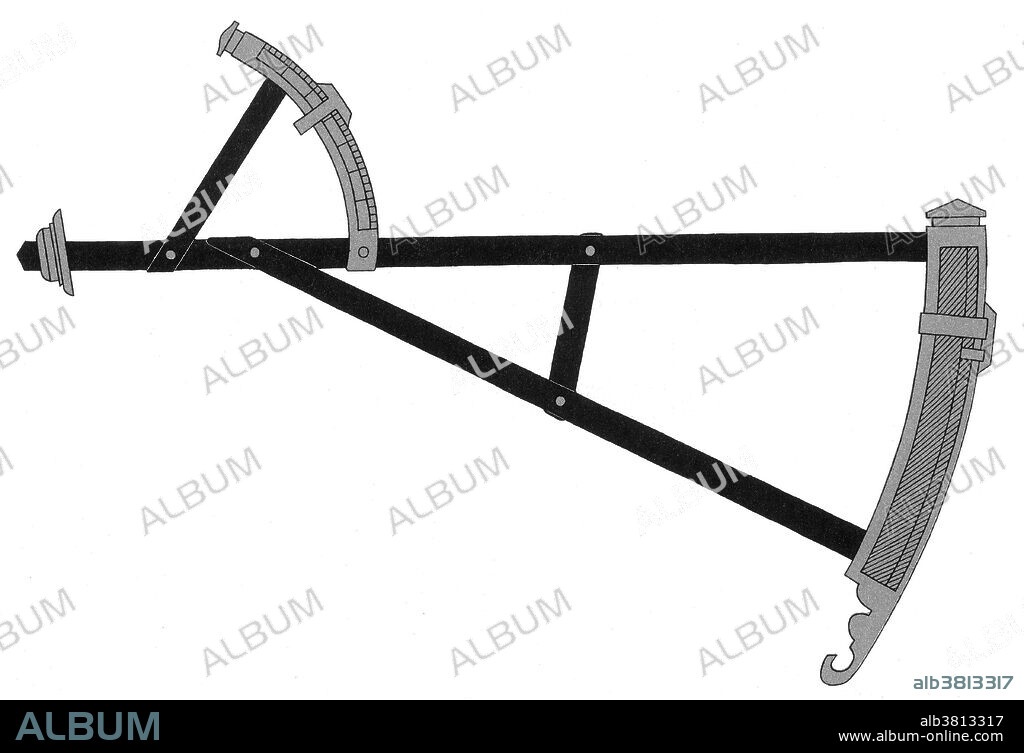alb3813317
Davis' Quadrant

|
Ajouter à une autre Lightbox |
|
Ajouter à une autre Lightbox |



Avez-vous déjà un compte? S'identifier
Vous n'avez pas de compte ? S'inscrire
Acheter cette image.
Sélectionnez l'usage:

Titre:
Davis' Quadrant
Légende:
Voir la traduction automatique
The backstaff is a navigational instrument that was used to measure the altitude of a celestial body, in particular the sun or moon. When observing the sun, users kept the sun to their back and observed the shadow cast by the upper vane on a horizon vane. It was invented by the English navigator John Davis who described it in his book Seaman's Secrets in 1594. The quadrant was the earliest astronomical instrument converted for nautical use. It was used to determine the altitude of the Polestar or sun and, concurrently, the location of the ship in degrees of latitude.
Personnalités:
Crédit:
Album / Science Source / New York Public Library
Autorisations:
Modèle: Non - Propriété: Non
Questions sur les droits?
Questions sur les droits?
Taille de l'image:
4800 x 3283 px | 45.1 MB
Taille d'impression:
40.6 x 27.8 cm | 16.0 x 10.9 in (300 dpi)
Mots clés:
 Pinterest
Pinterest Twitter
Twitter Facebook
Facebook Copier le lien
Copier le lien Email
Email
